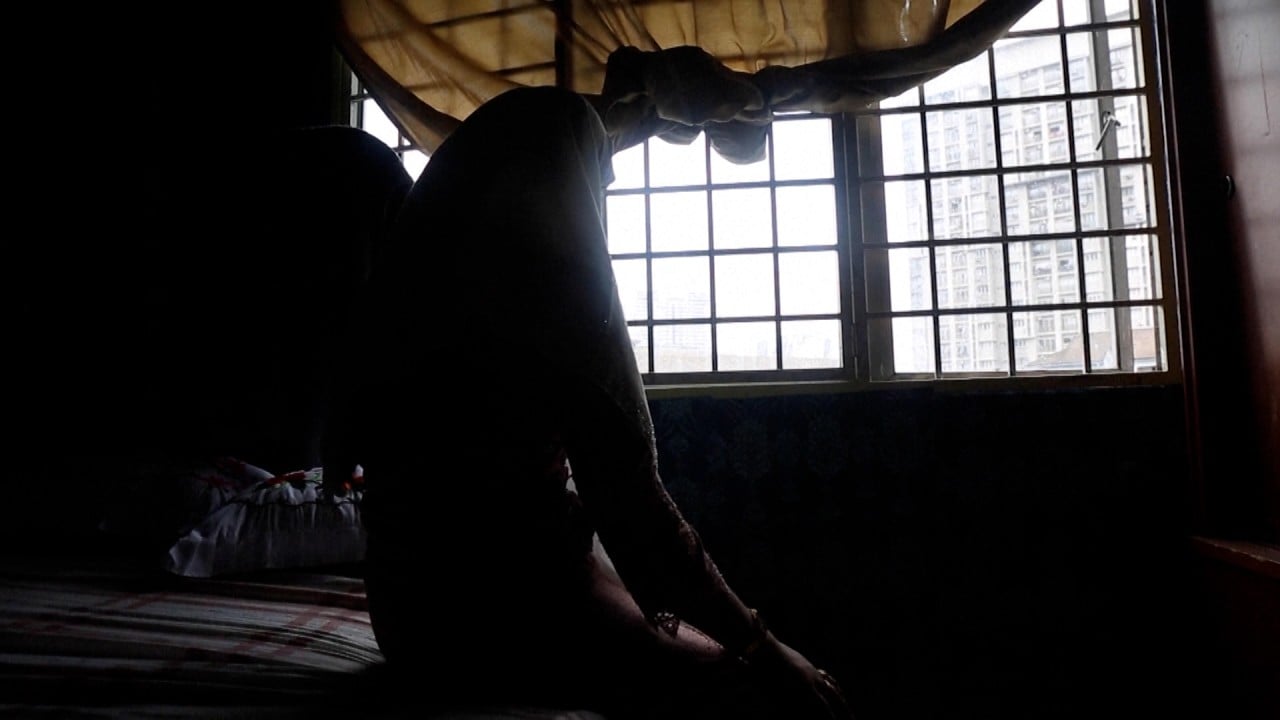A brutal crackdown by the military in Rakhine seven years ago forced at least 750,000 Rohingya to flee to neighbouring Bangladesh for safety.
Nay San Lwin said the AA also torched dozens of Rohingya villages in Buthidaung township and extorted money from residents before pushing more than 200,000 people out of the area, with the UN human rights office calling the rampage “frightening and disturbing”.
“Over the past weeks, some hundred Rohingyas have been shot dead and beheaded by the AA,” Nay San Lwin said, adding the insurgents had blocked the displaced villagers from moving to safer parts of the country.
“Since Bangladesh has kept its border closed, the Rohingya cannot cross over to the neighbouring nation. They find no way to escape the war and violence.”
Myanmar has been engulfed in a bloody civil war after the military seized power through a coup in 2021 and jailed elected leaders.
In recent months, a coalition of ethnic armed forces, including the AA, has escalated the offensive to oust the junta, which was ejected from vast areas in Shan, Chin and Rakhine states.
Town on fire
Rights groups and witnesses have accused the AA, backed by the Buddhist Rakhine majority, of widening its violent campaign against the Rohingya.
They blamed the group for the May 17 arson attack in Buthidaung, a claim the rebels denied and said the junta was behind it.
Shwe Maung, a resident of Sein Hnyin Pyar village, said the AA “ordered” all members of the Muslim community to leave the town by 10am on May 18.
But the guerillas did not stick to the deadline and started setting the houses on fire at around 10pm on May 17.
“We saw the Arakan Army men torch the houses, several thousands of them turning to ashes there that night,” he said over the phone.
“They fired warning shots during the attack, saying if you don’t come out of your houses you will be burnt alive.”
Shwe Maung added though the military was not present during the burnings of property, security forces targeted the town with air strikes.
“For the Rohingya, they are no different from the Myanmar army of 2017. The Arakan Army wants us to suffer by being homeless and displaced,” he said.
In a statement on May 20, the AA said that it always followed “its principle of fighting under the military code of conduct” and never attacked civilians. The group said it “provided food, shelter and medical care” to the displaced Rohingya.
Activist Nay San Lwin held the AA responsible for the Buthidaung blaze, citing witnesses, who said the insurgents also fired at some residents, resulting in injuries and deaths.
“They burnt down almost the entire township where around 200,000 Rohingya were living after being displaced from different parts of the country,” he said.
The UN High Commissioner for Human Rights denounced the “incidents of killing of Rohingya civilians and the burning of their property” in a statement on May 24.
According to the UN’s refugee agency, at least 1,870 Rohingya youths were abducted from refugee camps in Bangladesh by armed groups and sent for conscription by Myanmar’s junta.
Activists said those who managed to leave the force were being hounded by the AA, which also kidnapped young Rohingya men to fight against the military.
Hla Aung, who escaped the draft after a few weeks of service and fled to Bangladesh, told This Week in Asia that some AA members visited his village in Buthidaung last month, looking for people previously hired by the junta.
“I ran away from my village along with two other friends. All three of us had been conscripted by the military and were on the list that the AA soldiers carried,” he said.
Hla Aung said the AA recently “abducted many Rohingya youths and beheaded some of them” for serving in the military.
Nay San Lwin said three former conscripts were shot dead by the AA and the whereabouts of other captives remained unknown.

An official from the UN human rights office’s Myanmar team said “at least four cases of beheadings” were reported in Rakhine.
James Rodehaver said the Rohingya bore the brunt of the violence as most of their villages have turned into a battleground for the junta and the AA.
“So effectively, the Rohingya have been trapped between the hammer and the anvil suffering the consequences of air strikes, ground battles and forced displacement,” Rodehaver said.
He added medical facilities were also targeted and the military allegedly used the Rohingya men as “human shields”.
More than 4,000 displaced Rohingya have camped near a river on the Bangladeshi border, hoping to cross over to the country. But Dhaka said it was not ready to accept a new wave of exiles.
Noor Hossain, a Rohingya teacher in Cox’s Bazar refugee camp in Bangladesh, said the minorities in Myanmar were “gradually being pushed to the wall” after the AA’s gains in Rakhine emboldened the powerful Buddhist residents.
“Unless the international community intervenes and reigns in the military junta and the rebel alliance immediately, no Rohingya will be able to live in Myanmar in the near future,” he said.


